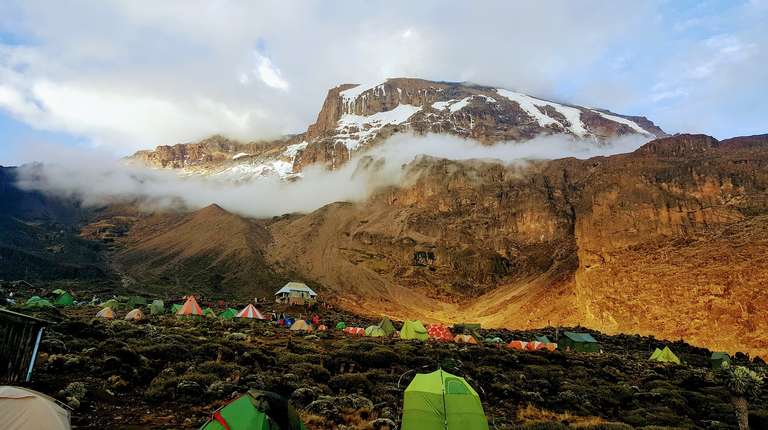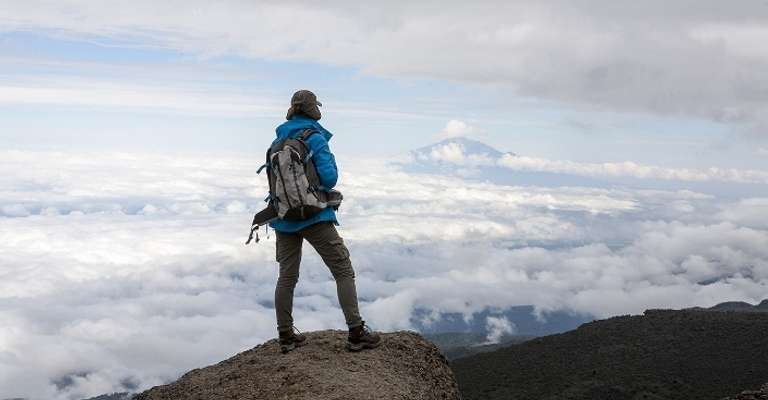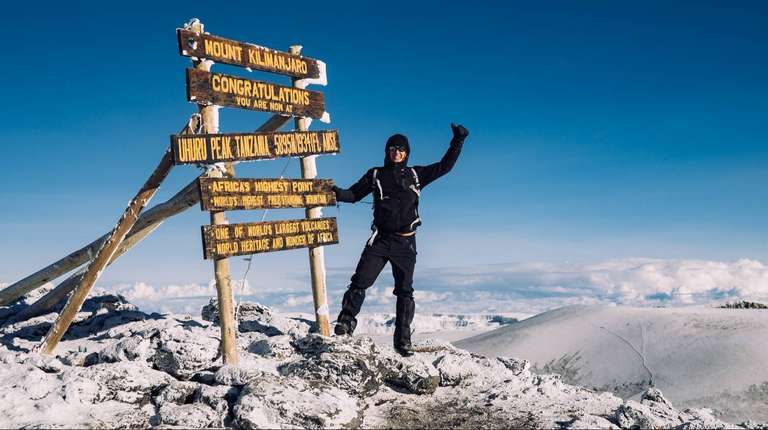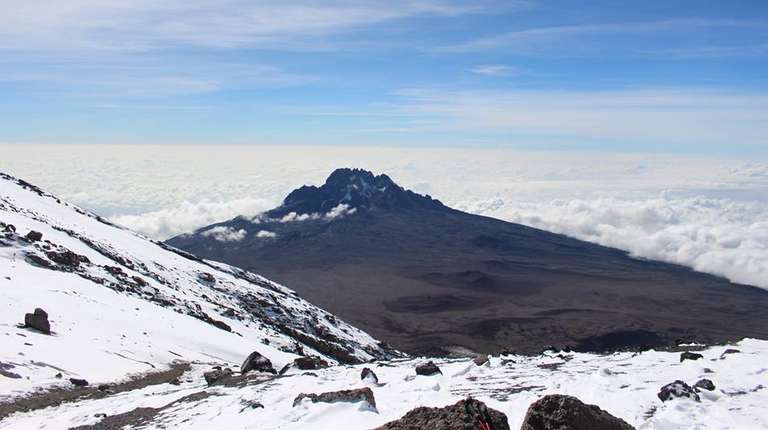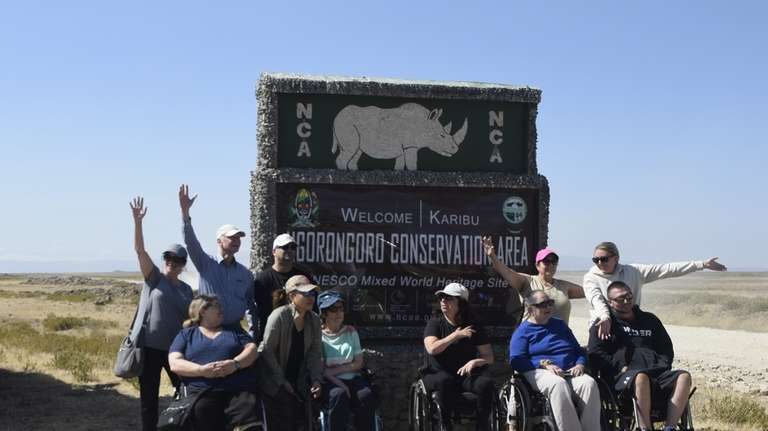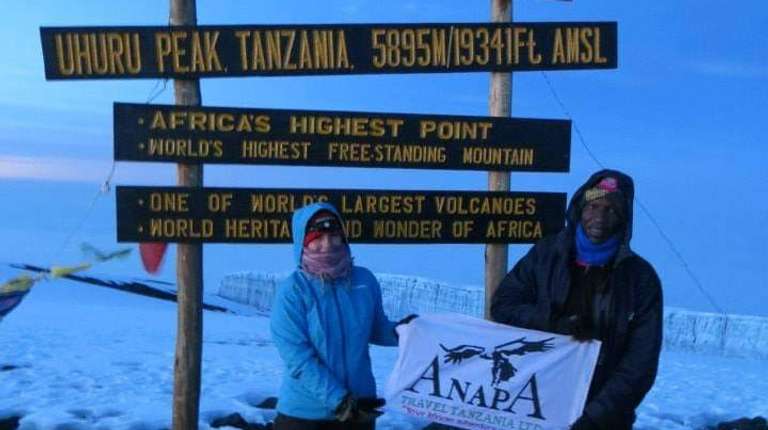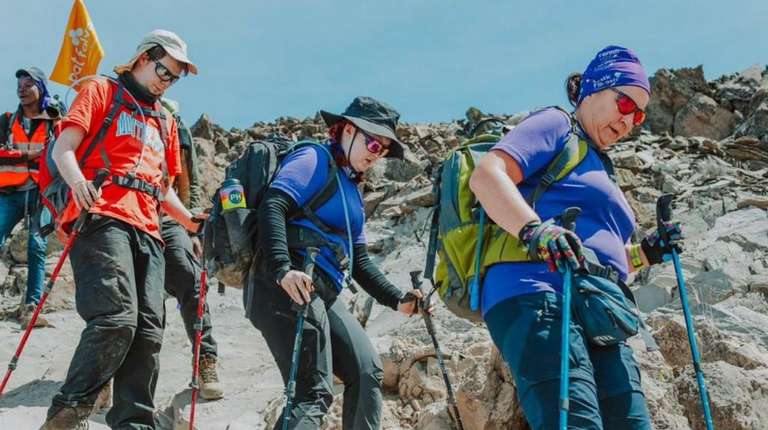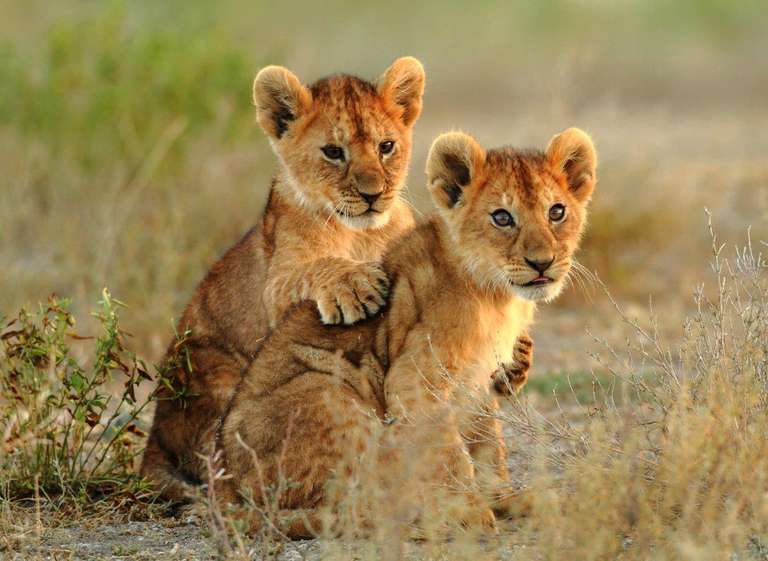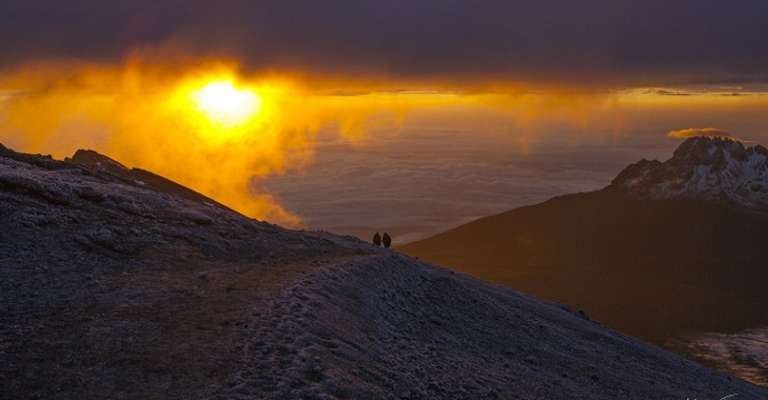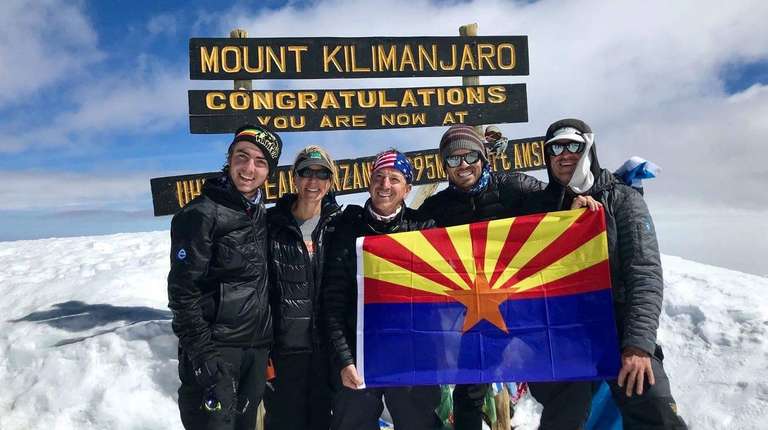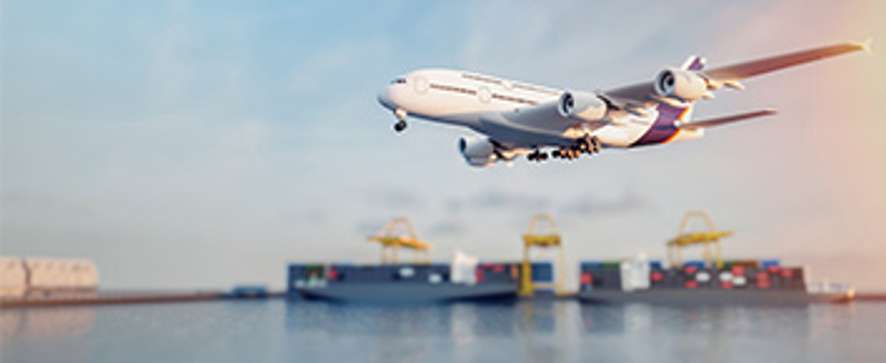Best Time to Climb Kilimanjaro
- Excellent
- Good
- Fair
- Poor
- JanAvg Daily: 33 ° CAvg Nightly: 17 ° C
- FebAvg Daily: 33 ° CAvg Nightly: 17 ° C
- MarAvg Daily: 32 ° CAvg Nightly: 18 ° C
- AprAvg Daily: 29 ° CAvg Nightly: 19 ° C
- MayAvg Daily: 26 ° CAvg Nightly: 18 ° C
- JunAvg Daily: 29 ° CAvg Nightly: 19 ° C
- JulAvg Daily: 25 ° CAvg Nightly: 15 ° C
- AugAvg Daily: 26 ° CAvg Nightly: 15 ° C
- SepAvg Daily: 28 ° CAvg Nightly: 15 ° C
- OctAvg Daily: 31 ° CAvg Nightly: 16 ° C
- NovAvg Daily: 31 ° CAvg Nightly: 17 ° C
- DecAvg Daily: 32 ° CAvg Nightly: 17 ° C
- Excellent
- Good
- Fair
- Poor
- Jacksonchao
- From Tanzania
- Jacksonchao
- From Tanzania
- Luuk Hoeksema
- From Netherlands
- Mehmet Yılmaz
- From Turkey
Best time to trek Mt Kilimanjaro: Quick facts
- High tourist season: January to February and July to September
- Low season: Late March to May and November
- Best seasons: Considering the weather, the best time to climb Mount Kilimanjaro would be in January, February, and September. January and February are warm months with moderate rainfall, and September is a dry month with a moderately warm temperature. Kilimanjaro is a difficult mountain to climb. The difficulty is aggravated when the weather is less than desirable. So, it is best to climb Kilimanjaro when the weather is at the optimum level.
- All seasons: Mid-December to mid-March (summer/autumn and short dry season), late March to early June (autumn/monsoon season), mid-June to October (autumn/spring and long dry season), early November to early December (spring and short rainy season).
The short dry season typically has warm days with clear skies, but there are chances of occasional showers. The long dry season has cooler temperatures and the conditions are drier. Monsoon season can be very wet, with low heavy clouds, and therefore, not recommended for climbing. The short rainy season will often have clearer skies in the morning and evenings. The summit of Kilimanjaro is considered arctic, and temperatures can drop well below freezing throughout the year.
If you are aiming for fewer crowds, the best time to climb Kilimanjaro is during the shoulder seasons, when you could experience both sunny spells and rain showers. The weather conditions you will encounter during your trek up Mount Kilimanjaro are influenced by altitude and climatic zones, which means you will find a wide range of temperatures during your climb. For example, the lower slopes of the mountain can reach up to 32°C (90°F), while the higher alpine zone will not normally climb above 15°C (60°F). At the summit, you will experience freezing temperatures all year round.
KILIMANJARO ECOLOGICAL ZONES
To reach Uhuru peak, one has to cross five ecological zones. The temperature in these zones ranges from the equator level to the Antarctic level, and you will be going through these zones in a matter of days. The five different ecological zones on the mountain are The cultivated areas (793m - 1,799m), rainforest (1,829m - 2,744m), heath and moorlands (2,805m - 3,993m), alpine Desert (3,993m - 4,999m) and Arctic (4,999m+).
Kilimanjaro Seasonal Overview
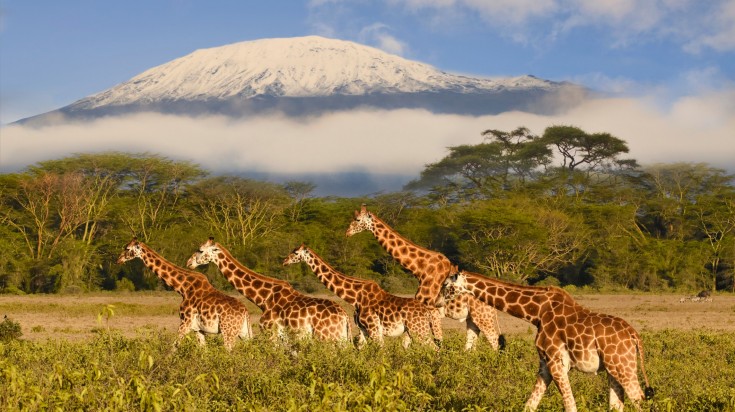
December to March — Summer / Short dry season
This short dry season is the warmest time on the mountain. However, snow on the summit of Mount Kilimanjaro can occur at any time of year, but the most common months are from November to March. Although considered part of the dry season, be aware that early December and the end of March are transitional seasons with a higher chance of rain than January and February.
Highlights:
- These months are the warmest months to climb Mount Kilimanjaro, with January and February being the warmest and driest.
- You are likely to experience clear skies and great views.
- This is one of the best times to climb Kilimanjaro, but you will find fewer crowds than in the longer dry season.

April to May — Autumn / Monsoon season
April and May are the monsoon season and are not optimal for climbing Mount Kilimanjaro. April and early May are very wet, with conditions sometimes clearing in late May. Climbers should be prepared with proper equipment for rain and possible snow. It is also likely that low, dense clouds will limit the views and photo opportunities. However, there will be few people on the mountain at this time.
Highlights:
- If you choose to climb Kilimanjaro at this time of year, you will find solitude and tranquility on the mountain and at campsites.
- For experienced climbers, this time of year might be more challenging and exciting.
- There are some routes on the northeast side of the mountain that get less rain than the south side, which might be optimal for this time of year.
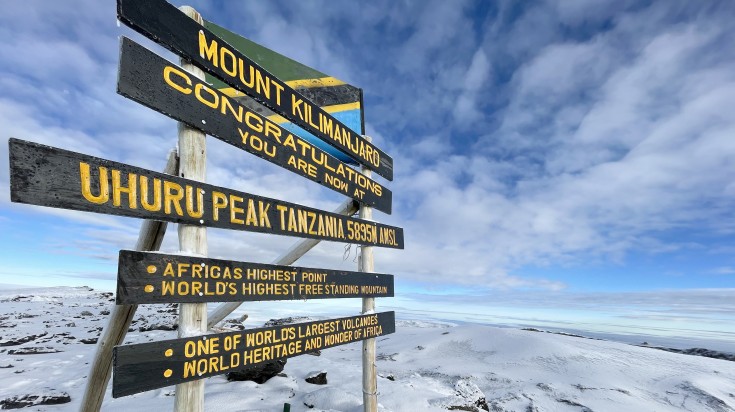
June to September — Winter / Long dry season
July and August are the busiest months on Kilimanjaro due to the corresponding summer holidays in the northern hemisphere and the reliably dry weather. Temperatures are mild and you might have a few rain showers during these months, especially in June and September, though they last only for a short duration. To avoid the crowds, consider June or September.
Highlights:
- These are some of the best months to climb Kilimanjaro because of the reliably dry weather.
- Temperatures are warm but cooler than in the short dry season.
- You are likely to experience clear skies and great views.
- These months correspond with the summer holidays in the northern hemisphere, which might be a more convenient time for many to travel.
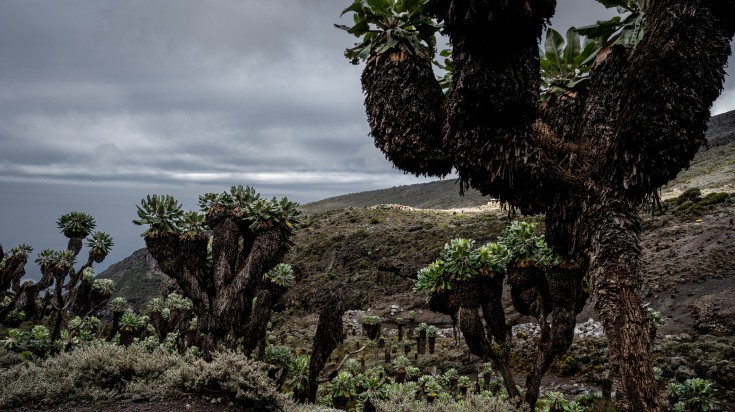
October to November — Spring / Short wet season
By October the crowds from the previous months have mostly dispersed. Rain usually begins to make a regular appearance by mid-October, but the weather is often a mixture of rain and clear skies. Since it follows the dry season, the ground is not yet muddy. In November, you can expect short but heavy rain showers, but they are less persistent than in April and May.
Highlights:
- October is a transitional month with less rain than November.
- Rain showers during this time tend to be shorter than during the monsoon season, with dry spells in the morning and evening.
- You will encounter fewer crowds during these months.
Kilimanjaro Routes and Weather
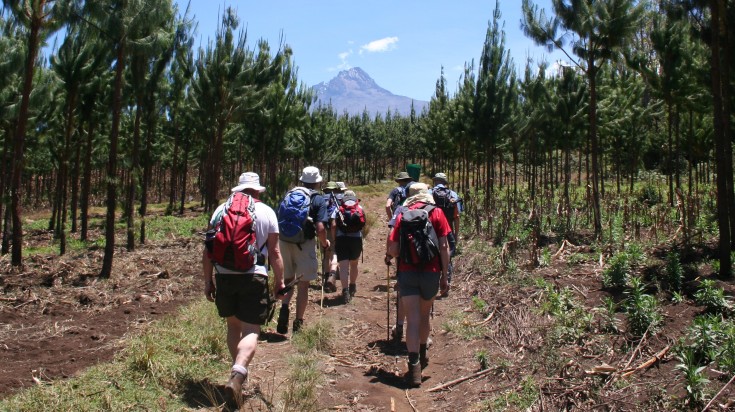
In general, the western routes or the Machame trail and Lemosho trail, are best done in the dry season.In the rainy season, these routes receive a lot of rain, thereby making camping quite unpleasant.
On the other hand, the Marangu route and the Rongai route are great trails for the wet season as Marangu has sleeping huts, and eliminates camping altogether, while the Rongai route weaves through the northern side which does not receive as much rainfall as the western routes.
If you are not sure which route would be best for you, the following article will give you an overview of all the Kilimanjaro climbing routes.
Climbing Mount Kilimanjaro is feasible all year round. If you do decide to climb Kilimanjaro, please choose equipment that can cope with the varying temperatures.
Considering traveling to Tanzania? We recommend checking out our Tanzania travel guide for information on topics like the top destinations and what to do in Tanzania for a seamless and enjoyable experience. You can also fill out our customizable trip to Tanzania form to curate your ideal Kilimanjaro tour package.

